A properly installed window should operate smoothly, show no gaps or daylight around the frame, have level and plumb alignment, and include proper flashing and insulation. Check for even weatherstripping compression, functioning hardware, no water infiltration, and professional-quality caulking. Quality installations include permits, inspections, manufacturer labels, and warranties. Poor installation shows as drafts, water leaks, operation problems, or visible gaps.
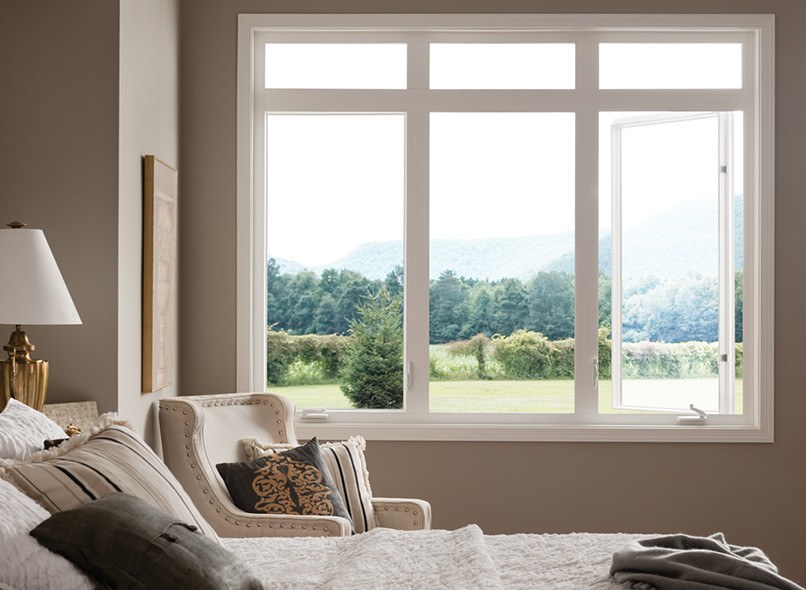
Visual Inspection Checklist
Exterior Installation Quality
Frame alignment and positioning:
- Window sits level and plumb in opening
- Even gaps between window frame and siding
- No bowing or distortion of window frame
- Proper centering in rough opening
- Square corners with no visible warping
Flashing and weatherproofing:
- Proper flashing installation around window head
- Step flashing at sides integrated with siding
- Sill flashing directing water away from building
- No gaps or missing flashing components
- Professional-grade sealants properly applied
Exterior trim and finishing:
- Trim pieces properly mitered and fitted
- No gaps between trim and siding
- Consistent reveal around window perimeter
- Trim securely fastened without splits
- Proper paint coverage with no bare wood exposed
Interior Installation Assessment
Interior trim and finishing:
- Level and plumb installation of interior trim
- Tight joints at corners with proper miters
- No gaps between trim and wall surfaces
- Consistent spacing and alignment
- Professional caulking at trim-to-wall joints
Insulation and air sealing:
- Proper insulation around window frame
- No visible gaps in insulation coverage
- Vapor barrier properly installed and sealed
- No compression or missing insulation areas
- Professional expanding foam application if used
Drywall and paint integration:
- Clean drywall cuts around window opening
- Proper taping and finishing of joints
- Paint coverage matching existing surfaces
- No damage to surrounding wall surfaces
- Professional cleanup of work area
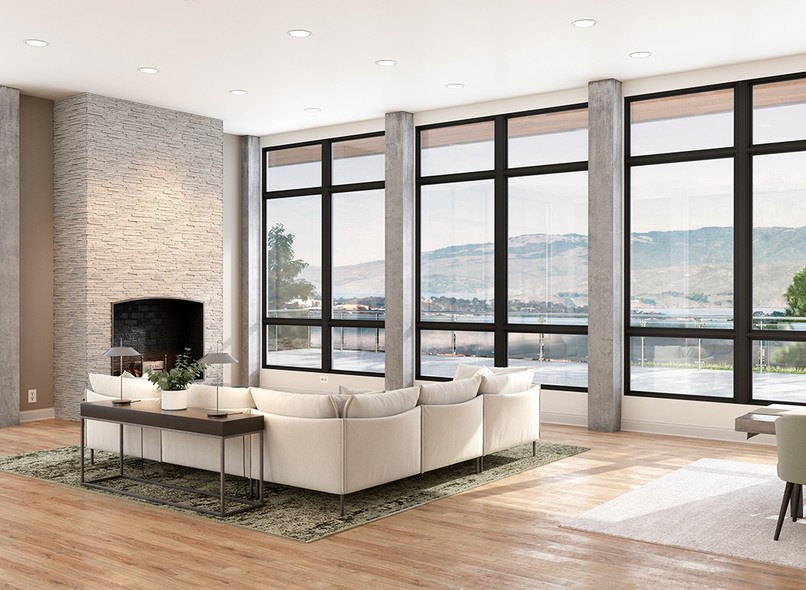
Window Operation and Performance Tests
Smooth Operation Assessment
Sash movement testing:
- Windows open and close smoothly without binding
- Equal effort required throughout operation range
- No sticking points or resistance during operation
- Sashes stay in position when opened partially
- No excessive force needed for operation
Hardware functionality:
- Locks engage properly and hold securely
- Cranks turn smoothly without resistance
- Handles operate without excessive play
- Weatherstripping compresses evenly when closed
- All moving parts function as designed
Balance and support systems:
- Double-hung windows stay open at any position
- Casement windows don’t sag when opened
- Sliding windows move smoothly in tracks
- No binding or resistance from balance mechanisms
- Hardware properly supports window weight
Air Leak Detection
Professional air leak testing:
- Use incense or smoke pencil around closed window
- Feel for air movement with hand on windy days
- Look for visible daylight around closed window
- Check for curtain movement indicating drafts
- Listen for whistling sounds during windy conditions
Comprehensive leak check points:
- Around entire window frame perimeter
- At sash-to-frame connection points
- Around window hardware and locks
- At corners where trim pieces meet
- Between window and rough opening
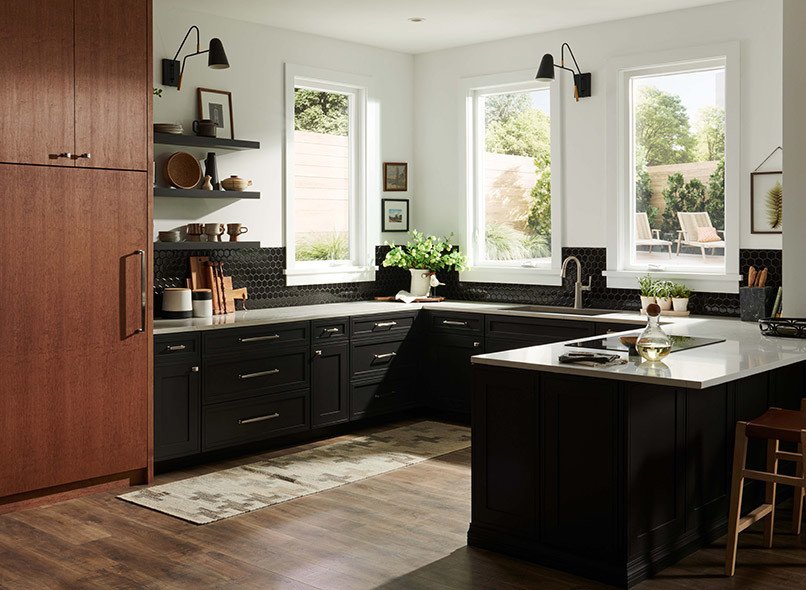
Water Infiltration and Drainage
Water Resistance Testing
Controlled water testing:
- Spray water gently against closed window
- Check for water penetration around frame
- Look for water entry at sill and corners
- Verify proper drainage from sill area
- Test during moderate rain if possible
Drainage system functionality:
- Weep holes clear and unobstructed
- Water drains away from window properly
- No water pooling on sill surfaces
- Proper slope directing water outward
- Drainage channels functioning correctly
Signs of water infiltration problems:
- Water stains on interior surfaces
- Mold or mildew around window areas
- Swollen or damaged wood trim
- Paint failure near window openings
- Musty odors in window areas
Long-Term Moisture Management
Proper moisture barriers:
- House wrap properly integrated with window
- Vapor barriers sealed and continuous
- No thermal bridging creating condensation points
- Proper ventilation around window area
- Insulation doesn’t block drainage paths
Seasonal performance monitoring:
- No interior condensation during cold weather
- No ice buildup indicating air leaks
- Proper performance during rain storms
- No frost formation on interior surfaces
- Consistent performance through weather changes
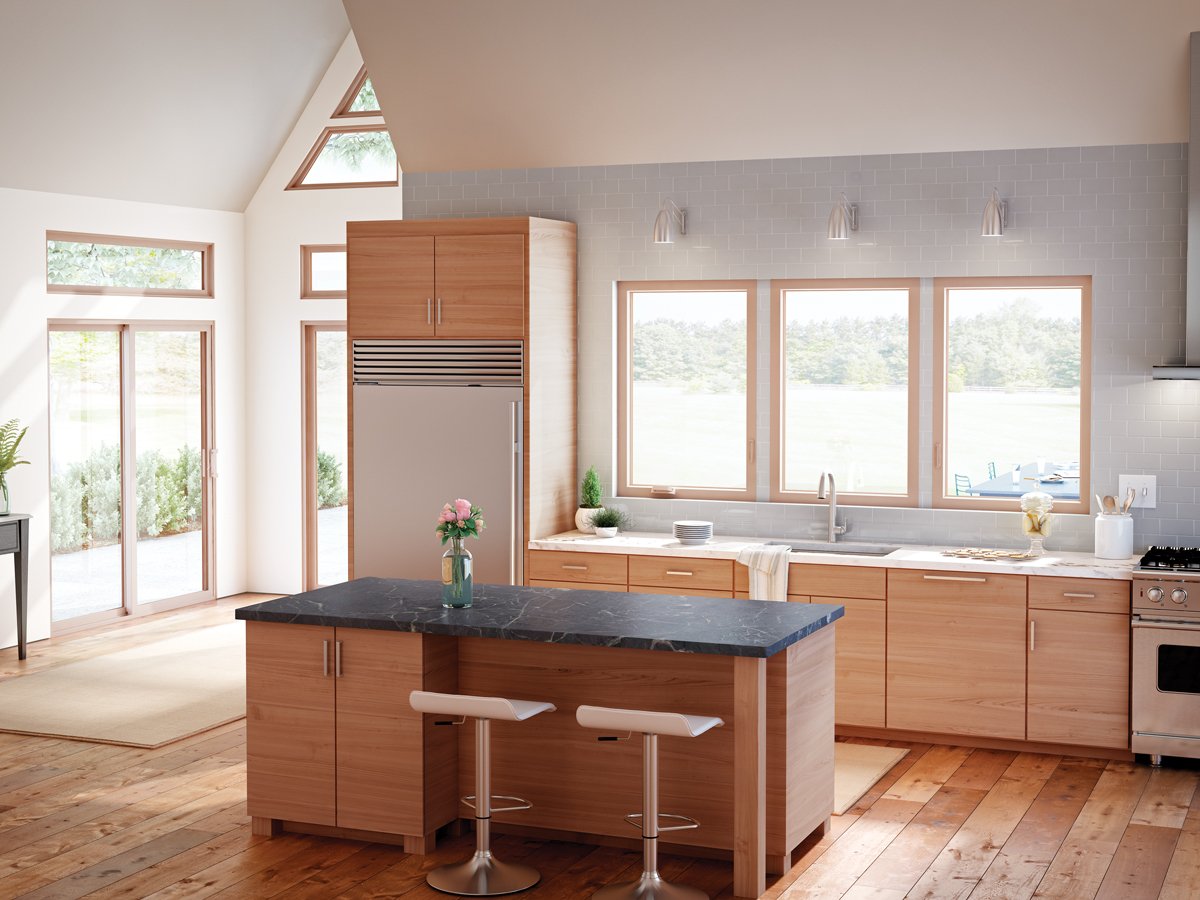
Structural and Safety Considerations
Proper Structural Attachment
Frame-to-structure connection:
- Windows properly anchored to rough opening
- Appropriate fasteners used for window type
- Structural load properly distributed
- No gaps between frame and structure
- Fasteners not over-tightened causing distortion
Building code compliance:
- Installation meets local building codes
- Proper permits obtained and inspections passed
- Structural requirements satisfied
- Safety glass requirements met where applicable
- Egress requirements satisfied for bedroom windows
Safety feature verification:
- Safety glass properly marked where required
- Window locks function properly for security
- Hardware doesn’t create safety hazards
- Egress windows meet size and operation requirements
- No sharp edges or unsafe conditions
Foundation and Framing Integration
Rough opening assessment:
- Opening properly sized for window
- Framing square and properly supported
- Headers adequate for structural loads
- Sill properly sloped for drainage
- No structural damage during installation
Integration with building systems:
- Proper coordination with electrical systems
- No interference with plumbing or HVAC
- Structural modifications properly engineered
- Building envelope integrity maintained
- No compromise of building performance
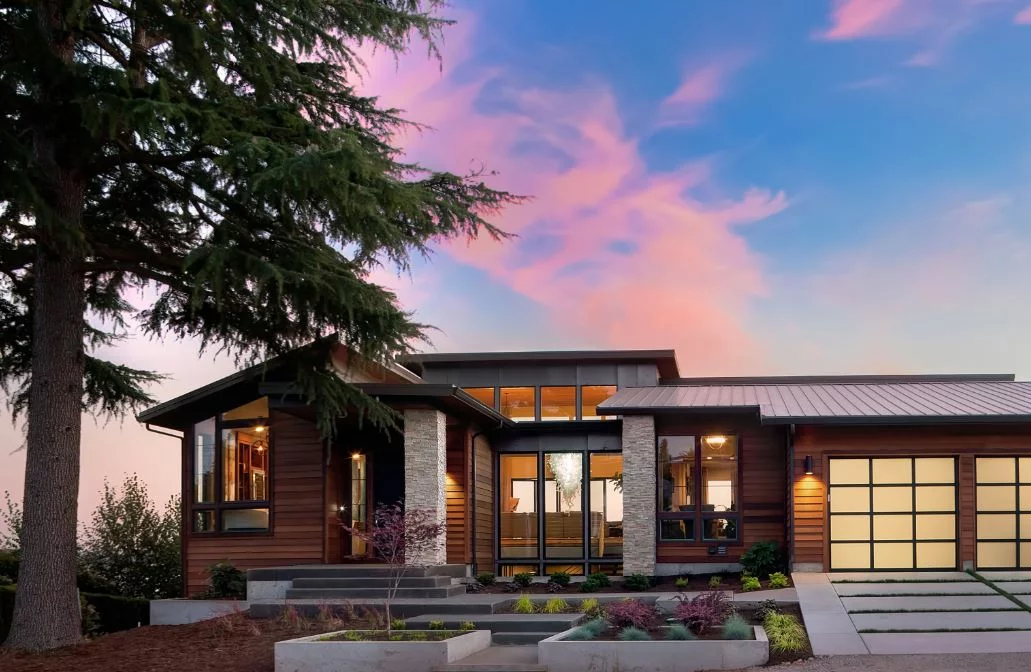
Energy Performance Evaluation
Thermal Performance Assessment
Temperature consistency:
- No cold spots near windows during winter
- Consistent interior temperatures across room
- No excessive heat gain during summer
- Comfortable seating areas near windows
- Even heating and cooling throughout space
Condensation control:
- No condensation between glass panes
- Minimal interior condensation during cold weather
- No frost buildup on window surfaces
- Proper humidity control near windows
- No water damage from condensation
Energy efficiency indicators:
- Reduced heating and cooling costs
- Less HVAC runtime with consistent comfort
- No noticeable drafts around windows
- Improved comfort during extreme weather
- Energy bills reflecting window performance
Professional Energy Assessment
When to consider professional testing:
- Uncertainty about window performance
- Comfort problems despite new windows
- Energy bills not reflecting expected savings
- Multiple windows with inconsistent performance
- Insurance or warranty requirements
Professional testing methods:
- Blower door testing for air leakage
- Thermal imaging to identify problems
- Pressure testing for water infiltration
- Sound level testing for noise reduction
- Energy usage monitoring and analysis
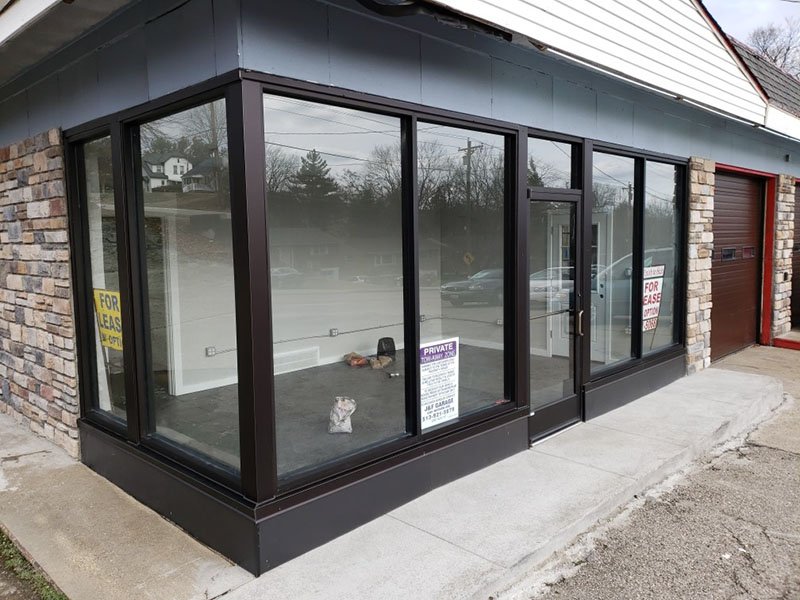
Documentation and Warranty Verification
Required Installation Documentation
Permit and inspection records:
- Building permits properly obtained
- Required inspections completed and passed
- Code compliance documentation
- Final approval from building department
- Copies of all inspection reports
Product certification and warranties:
- Manufacturer’s warranty documentation
- NFRC energy performance labels
- Installation warranty from contractor
- Product registration completed
- Maintenance instructions provided
Installation specifications:
- Detailed installation drawings if required
- Material specifications and certifications
- Structural calculations if applicable
- Flashing and waterproofing details
- Quality control checklists completed
Warranty Coverage Verification
Understanding warranty terms:
- Product warranty coverage and duration
- Installation warranty scope and limits
- Maintenance requirements for warranty validity
- Claim procedures and contact information
- Transferability for future property sales
Warranty compliance requirements:
- Professional installation requirements
- Use of approved materials and methods
- Required maintenance schedules
- Documentation of proper care
- Timely reporting of problems
Professional Certification
Installer qualifications:
- Proper licensing and insurance
- Manufacturer training certifications
- Industry association memberships
- Track record of quality installations
- References from recent customers
Quality assurance programs:
- Third-party inspection services
- Manufacturer quality programs
- Industry certification standards
- Ongoing training and education
- Customer satisfaction tracking
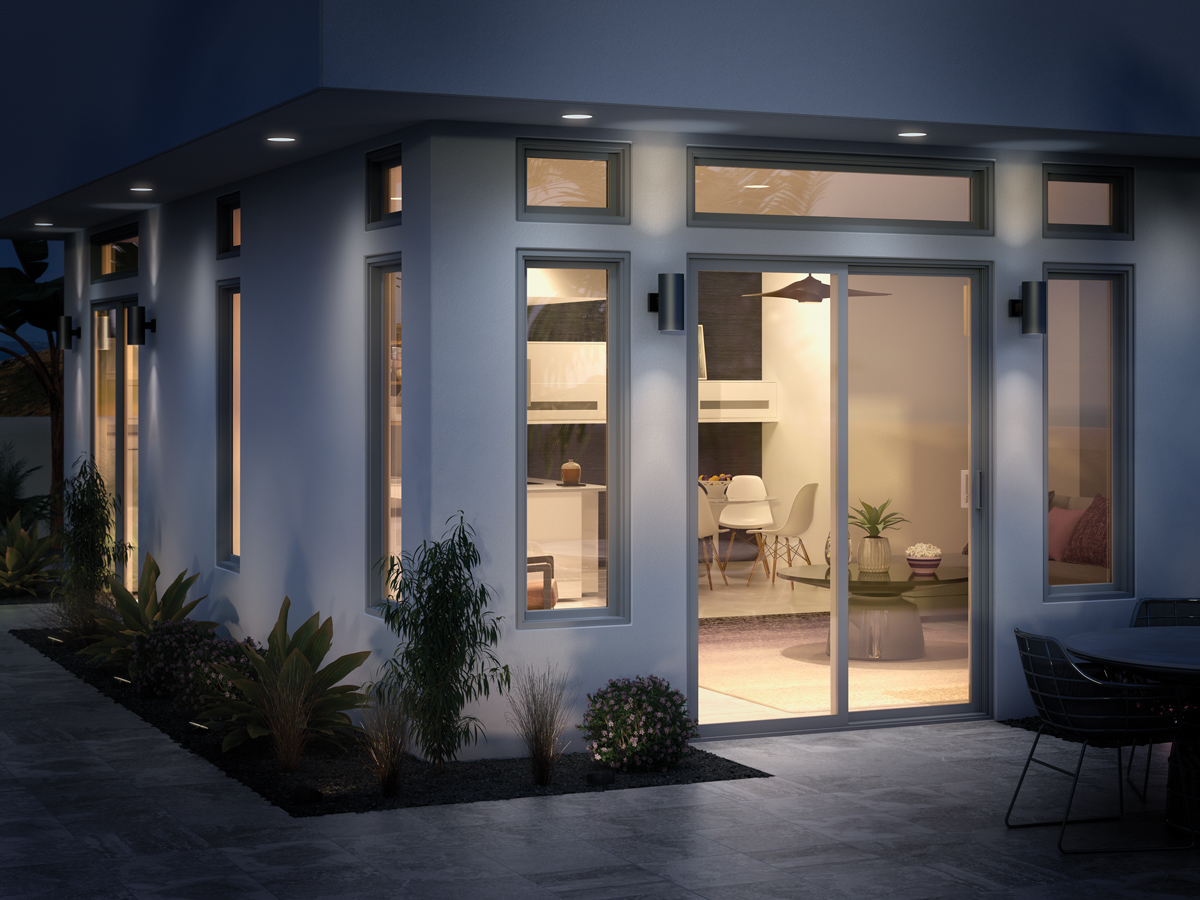
Common Installation Problems to Watch For
Immediate Red Flags
Obvious installation defects:
- Visible gaps around window frame
- Windows that won’t open or close properly
- Water leaks during first rain
- Damaged window components
- Missing or improperly installed flashing
Poor workmanship indicators:
- Sloppy caulking or sealant application
- Damaged surrounding surfaces
- Misaligned or crooked installation
- Incomplete cleanup of work area
- Missing or damaged trim pieces
Safety and code violations:
- Missing permits or failed inspections
- Improper structural modifications
- Safety glass requirements not met
- Egress requirements not satisfied
- Electrical or plumbing conflicts
Long-Term Performance Issues
Developing problems to monitor:
- Gradually increasing air leakage
- Seasonal water infiltration
- Hardware wearing prematurely
- Energy performance declining
- Comfort problems during weather extremes
Maintenance-related concerns:
- Excessive maintenance requirements
- Repeated seal or hardware failures
- Difficult access for cleaning or service
- Weatherstripping wearing quickly
- Caulking requiring frequent touch-ups
When to Seek Professional Assessment
Situations requiring expert evaluation:
- Multiple performance problems
- Safety or security concerns
- Insurance or warranty claim needs
- Energy efficiency below expectations
- Structural or water damage concerns
Professional assessment benefits:
- Objective evaluation of installation quality
- Identification of specific problem sources
- Recommendations for corrections or improvements
- Documentation for warranty or insurance claims
- Peace of mind about window performance
Taking Action on Installation Problems
Immediate Response Steps
For urgent problems:
- Document issues with photographs
- Contact installer immediately
- Protect property from weather damage
- Avoid using affected windows if safety concerns
- Contact building department if code violations suspected
Communication with contractor:
- Provide specific details about problems
- Request written response and timeline for repairs
- Document all communications
- Maintain professional but firm approach
- Know your rights under contract and warranty terms
Escalation Procedures
When contractor response is inadequate:
- Contact manufacturer warranty department
- File complaint with contractor licensing board
- Consult with attorney if significant damages
- Contact insurance company if applicable
- Consider third-party inspection services
Legal and insurance considerations:
- Review contract terms for dispute resolution
- Understand lien rights and payment protections
- Document all damages and repair costs
- Maintain records of all communications
- Consider mediation before litigation
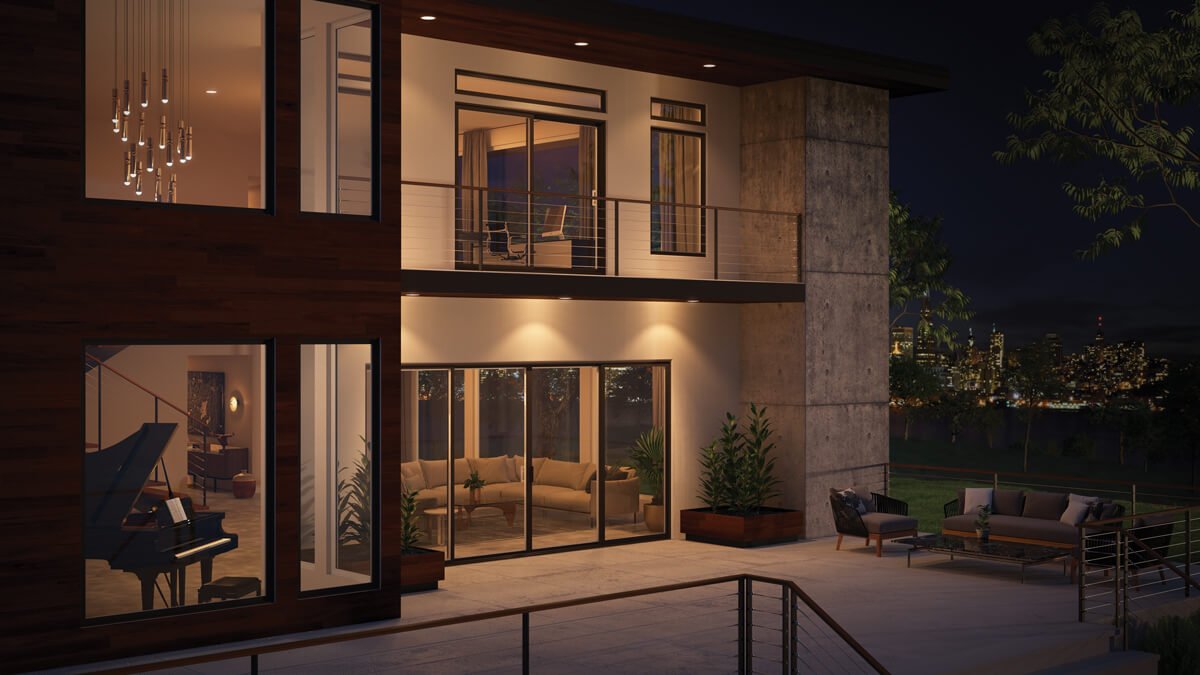
The Bottom Line
Proper window installation is critical for performance, energy efficiency, and longevity. Quality installations show smooth operation, proper sealing, structural integrity, and compliance with building codes. Regular inspection and testing help identify problems early when they’re easier and less expensive to correct.
Don’t hesitate to ask questions during installation and request explanations of techniques and materials used. Quality contractors welcome customer involvement and are proud to explain their work methods and quality control procedures.
If problems develop, address them promptly with the installer while warranty coverage is clear and comprehensive. Document everything and maintain professional relationships while insisting on proper corrections to installation defects.
Remember that proper installation is just as important as window quality for long-term performance and satisfaction. Invest in experienced, qualified installers and verify their work meets professional standards and your expectations.
At Utah Window Experts, we stand behind our installation quality with comprehensive warranties and thorough quality control procedures. Our certified installers follow manufacturer specifications and industry best practices to ensure every window performs properly for decades. We welcome customer inspections and provide detailed documentation of our installation processes.